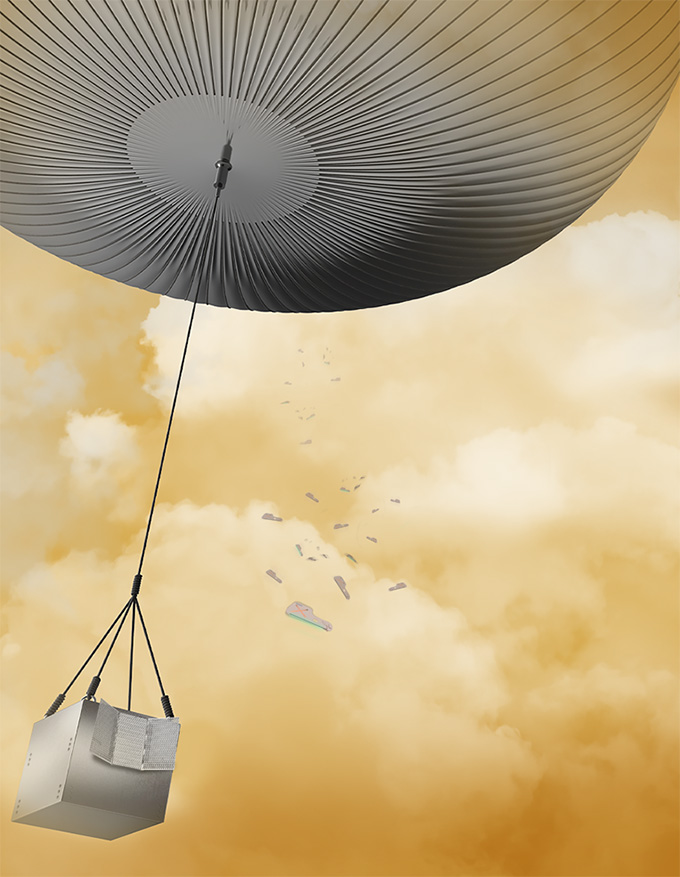Boston —The Droplets of the Venus clouds can one day come to Earth. Researchers are testing a device that can collect fog from the atmosphere of our planetary neighbor and deliver the scientists so that they can try samples for signs of life.
Venus is not a visible place to seek life. Its clouds of clouds on the globe were made by sulfuric acid, “a feature believed to be sterile for any organic chemistry,” said the planetary scientist of MIT Iaroslav Iakubivskyi in a February 15th conversation at a meeting of the American Association for Science.
But in recent years, Laboratory experiments from Iakubivskyi and colleagues have suggested that sulfuric acid can support organic chemistry that creates nucleic and sustainable amino acids – DNA and protein building blocks. Together, the data suggests that “instead of being a divisive force, sulfuric acid can actually serve as a possible solvent for the essential molecules of life,” he said. “Still, we have to go to Venus to try it.”

The Iakubivskyi team is working with the private spatial company Rocket Lab in a series of Venus probes called Morning Star missions. First, a probe that will fall through the atmosphere of Venus and measure sulfuric acid sizes is planned to begin in 2026. A subsequent mission would use a two -ton rocket to begin samples in Venus orbit to be taken from a space ship returning to the ground. If successful, Morning Star would be the first private mission on another planet.
Inspired by attractive plants from the fog in the Atacama desert, the team built a cloud prototype attractive from four layers of wire mesh. The wires can be charged to ionize the atmospheric points and pull them into the mesh.
Researchers tested the device by collecting sulfuric acid fog in controlled laboratory conditions, atmospheric particles carried by large winds on Mount Washington to New Hampshire and steam and gas emitted by volcanic channels in Hawaii.
“In general, all of these results demonstrated the viability of cloud collection from Venus and approaching us to understand chemistry and potential for life there,” Iakubivskyi said.
The mission would be the first to measure the clouds of Venus since 1985, when the Vega Soviet Union mission placed the balloons in the planet’s atmosphere on its way to make Halley comets.
The morning star is not just in his aspirations. NASA and the European Space Agency plan to send spaceship to Venus within the next decade.
“Now we are entering a new era of Venus exploration,” Iakubivskyi said.
#private #mission #Venus #aims #seek #signs #life
Image Source : www.sciencenews.org